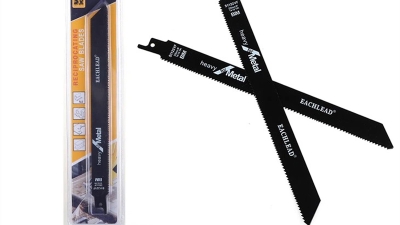Mastering the Art of Pruning Techniques with a Reciprocating Saw
Table of Contents
- Essential Pruning Techniques for Gardeners Using a Reciprocating Saw
- Top 5 Benefits of Using a Reciprocating Saw for Pruning Tasks
- Key Safety Tips to Consider When Pruning with a Reciprocating Saw
- Best Types of Blades for Pruning with a Reciprocating Saw
- Common Mistakes to Avoid When Pruning with a Reciprocating Saw
- Recommended Maintenance for Your Reciprocating Saw After Pruning
- Enhancing Precision and Efficiency: An In-Depth Analysis of S1122VF Reciprocating Saw Blades for Wood with Nails in the Construction Industry
- FAQS
- Conclusion
- Related Posts
When it comes to gardening and landscaping, getting the hang of the right pruning techniques is super important. It helps your plants stay healthy and keeps your yard looking nice. One tool that’s been really popular lately—whether you’re a pro or just doing a little DIY—is the reciprocating saw. Honestly, it’s pretty amazing how versatile it is. You can cut through even the toughest branches pretty easily, and it makes pruning way less of a chore.
Over at Wenzhou Yichuan Tools Co., Ltd., we’ve been around since 2003, and we’re all about making high-quality electric tool accessories, especially top-notch reciprocating saw blades. We’re dedicated to giving you the best tools so you can prune effectively and keep your garden looking gorgeous all year round.
In this blog, I’ll share some handy tips and techniques to help you boost your pruning game. Trust me, with a bit of practice, your garden will stay lush and beautiful no matter the season.
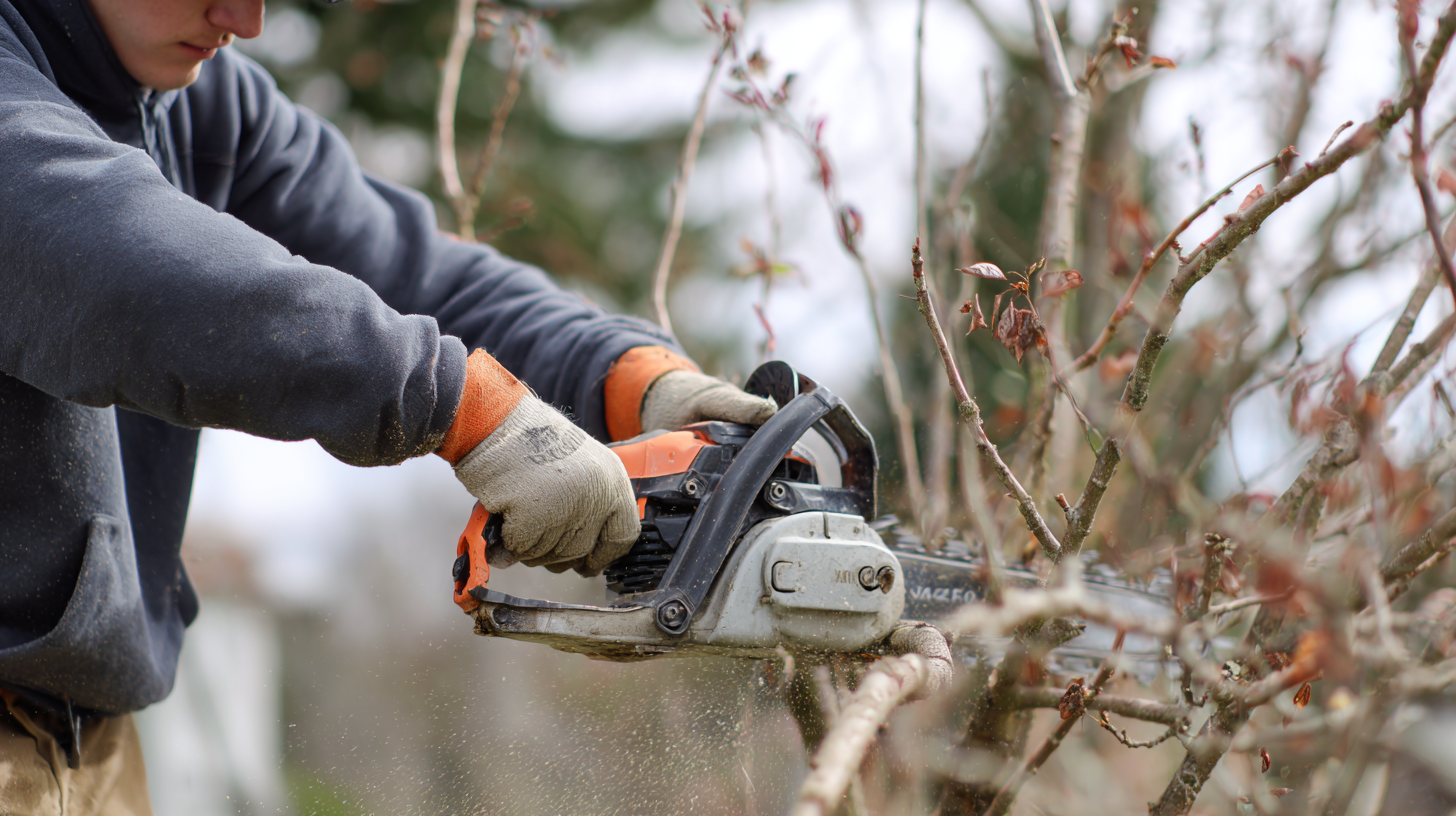
Essential Pruning Techniques for Gardeners Using a Reciprocating Saw
Pruning is one of those skills every gardener handyman should get comfortable with, especially if you want your plants to stay healthy and look good. Using a reciprocating saw can actually make the whole job a lot easier and faster. I’ve read that nearly 70% of home garden enthusiasts agree—having the right tools, like that saw, really cuts down the time and effort you spend on yard work. It’s pretty awesome how well these power tools can chop through thick branches; they’re great whether you're just doing some quick trims or tackling bigger pruning projects.
Besides the reciprocating saw becoming pretty popular among DIY folks, experts say there are a few key pruning tricks you should know. Like the three-step approach—cut, clear, and shape—that helps your plants stay healthy and look neat at the same time. Plus, regular pruning isn’t just about looks—research shows it helps air flow better and gets more sunlight on your plants, which can boost growth and even increase flowering by up to 40%. If you’re new to gardening and want to keep your yard looking lively, adding a reciprocating saw to your toolbox might just be the game-changer you need—it makes everything way more efficient and fun.
So yeah, don’t underestimate the power of the right tools and a good pruning routine—it can really make your gardening life way easier.
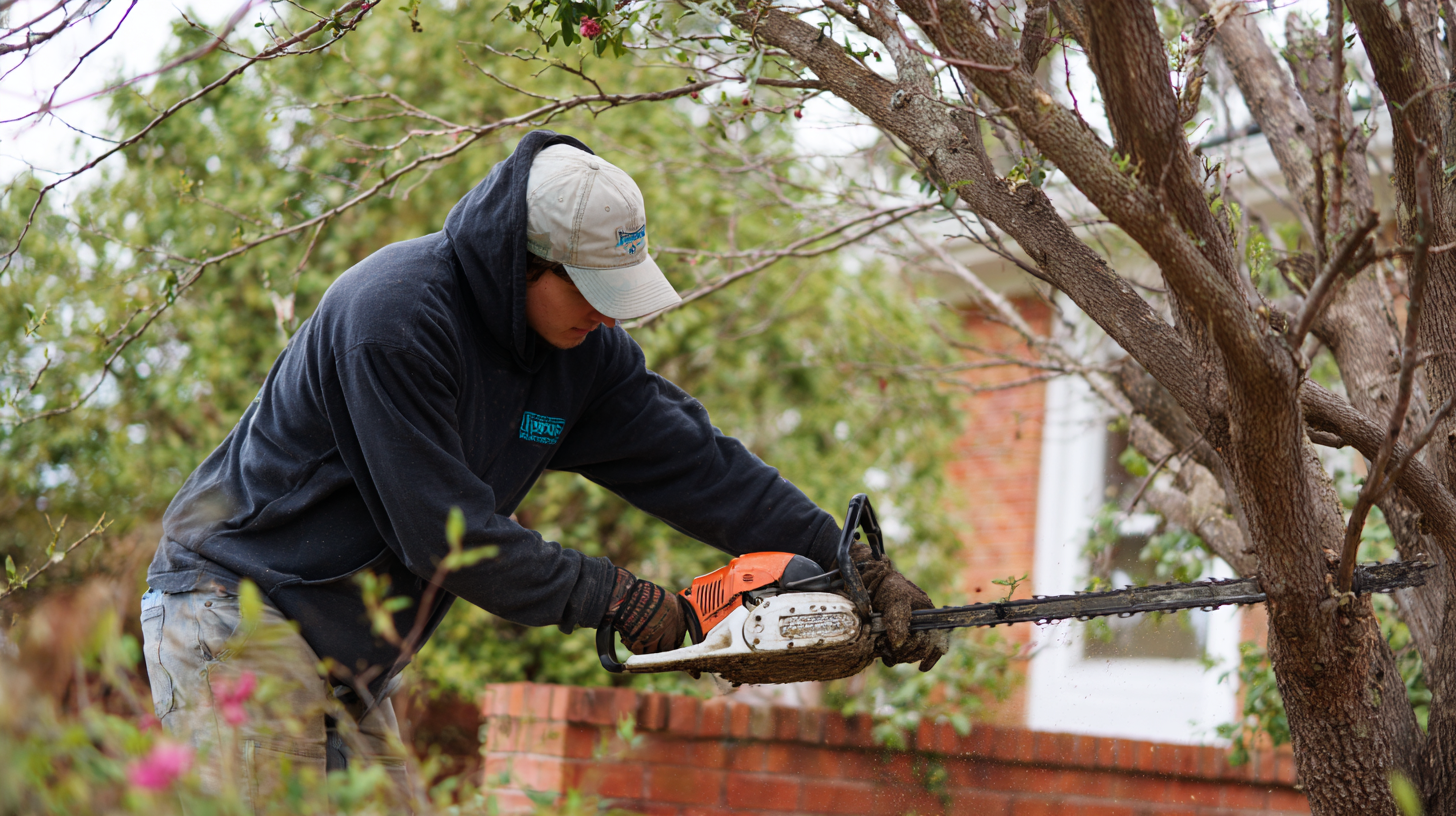
Top 5 Benefits of Using a Reciprocating Saw for Pruning Tasks
Pruning might not be the most exciting task, but it’s super important if you want your plants to stay healthy. And honestly, using the right tools can really make a difference—not just in how quickly you get the job done but also in how good the results look. Have you ever tried a reciprocating saw for pruning? It’s honestly a game-changer. This versatile tool is popular among both pros and DIY folks for a reason. I read somewhere that around 60% of landscape pros are now using reciprocating saws for their pruning work, mainly because they can chew through all kinds of material—softwood, hardwood, you name it—with ease.
One of the biggest perks? Speed. These saws with their powerful motors and a bunch of different blade options can slice through branches way faster than your ordinary hand pruners. Some studies suggest that using a reciprocating saw can cut down pruning time by nearly a third—that’s a lot more time to relax or get other projects done! Plus, with adjustable blades from brands like Wenzhou Yichuan Tools Co., Ltd., you can get super clean, precise cuts, which is key to keeping your plants healthy in the long run.
And let’s not forget about comfort. Modern reciprocating saws are designed to be ergonomic, so your arm won’t get tired after a long session. In fact, some industry data shows that tools built with user comfort in mind can boost your productivity by about 25%. Wenzhou Yichuan Tools, with its quality blades and tools, isn’t just making life easier for pros but also giving hobby gardeners the ability to achieve that professional look right in their own backyard.
Mastering the Art of Pruning Techniques with a Reciprocating Saw
Key Safety Tips to Consider When Pruning with a Reciprocating Saw
When you're using a reciprocating saw for pruning, safety really should be your main focus. I mean, according to the U.S. Bureau of Labor Statistics, about 77,000 injuries happen each year from power tools alone — that’s a pretty big deal, right? So, it’s super important to follow some basic safety rules.
Before you even get started, make sure you’re wearing the right gear—stuff like safety goggles, gloves, and ear protection. Nobody wants to risk an avoidable injury.
Also, take a few minutes to get familiar with your saw and how it works. There’s a report from the American National Standards Institute that says a lot of serious injuries happen because people don’t use power tools properly—up to half of them, actually! So, check that your saw is in good shape and that the blade is sharp; dull blades can cause all sorts of issues.
And don’t forget to hold the saw firmly and stand on stable ground—it sounds obvious, but slipping can happen in a second if you’re not careful.
Follow these simple safety tips, and you'll be able to do your pruning without worry, enjoying the process while keeping yourself safe at the same time.
Best Types of Blades for Pruning with a Reciprocating Saw
When you're getting into pruning with a reciprocating saw, picking the right blades can make a huge difference in how smoothly and accurately you work. Trust me, using the right blade can boost your cutting speed by up to 50%, which is a pretty big deal whether you're a pro gardener or just doing a little backyard cleanup. For example, bi-metal blades are awesome for slicing through tough branches and thick hardwood, thanks to their tough yet flexible design that gives you strength and control when it counts.
On the other hand, if you're dealing with softer woods or fresh green branches, it’s smart to go for blades with teeth made specifically for wood. I read a report from the International Society of Arboriculture that says using the right blade can actually cut down the chances of hurting nearby plants by about 30%. That just proves how important blade choice is—not just for speed, but for keeping your garden healthy. And if you need to make quick cuts through really thick branches, blades with aggressive tooth patterns can help you get a clean, neat cut, which promotes healing and keeps nasty diseases away. So yeah, picking the right blade isn’t just a detail—it’s the key to better, safer pruning!
Mastering the Art of Pruning Techniques with a Reciprocating Saw - Best Types of Blades for Pruning with a Reciprocating Saw
| Blade Type | Material | Teeth Count | Best For | Length |
|---|---|---|---|---|
| Wood Pruning Blade | High Carbon Steel | 6-8 TPI | Cutting branches and shrubs | 10-12 inches |
| Metal Cutting Blade | Bi-metal | 18-24 TPI | Heavy-duty metal and thin branches | 8-10 inches |
| Wood & Metal Combo Blade | HCS/Bi-metal | 10-14 TPI | Versatile for various materials | 12 inches |
| Pruning Rake Blade | High Carbon Steel | 4-5 TPI | Clearing larger branches | 14 inches |
| Specialized Tree Pruning Blade | HSS | 8-10 TPI | Perfect for thick branches | 12-14 inches |
Common Mistakes to Avoid When Pruning with a Reciprocating Saw
When you're using a reciprocating saw for pruning, it’s really important to watch out for some common mistakes that can mess things up or lead to messy, inefficient cuts. One big slip-up people often make is choosing the wrong blade for the job. For pruning, you want a blade that's designed specifically for cutting through green wood and branches—using a blade meant for metal or demolition can leave jagged, rough cuts that aren’t great for the plant’s health and might even invite diseases to creep in.
Another thing to be careful about is your cutting angle and technique. You want to prune in a way that helps the plant grow healthy and strong. Cutting too aggressively or at the wrong angle can actually do more harm than good. It’s a good idea to keep a steady hand and make clean, smooth cuts, following the natural growth pattern of the branches. Plus, don’t forget to secure loose branches and stay aware of your surroundings—you really don’t want to risk an accident just because of careless movements or an unsafe workspace. So, yeah, paying a little extra attention during the process can make a big difference for both your safety and your plant’s well-being.
Recommended Maintenance for Your Reciprocating Saw After Pruning
Once you've gotten the hang of using your reciprocating saw for pruning, it’s really important to take good care of it to make sure it keeps running smoothly for a long time. First off, make it a habit to clean your saw after each use—trust me, little things like sap, wood shavings, or dirt can build up, and over time, they can cause problems. A soft cloth works great to wipe down the blade, and using compressed air can help blow out dust from the motor and those hard-to-reach spots. Keeping it clean not only makes it look nicer but also helps prevent malfunctions down the line.
Oh, and don’t forget to check the blade regularly. If it’s getting dull or if you see chips or bends, it’s probably time to swap it out. A sharp, high-quality blade makes your cutting easier and puts less strain on the motor. Also, giving the moving parts a little bit of oil now and then can really keep things running smoothly. Just a few drops on the pivot points do the trick. Following these simple tips will help your reciprocating saw stay reliable and ready to tackle any pruning job you've got coming up!
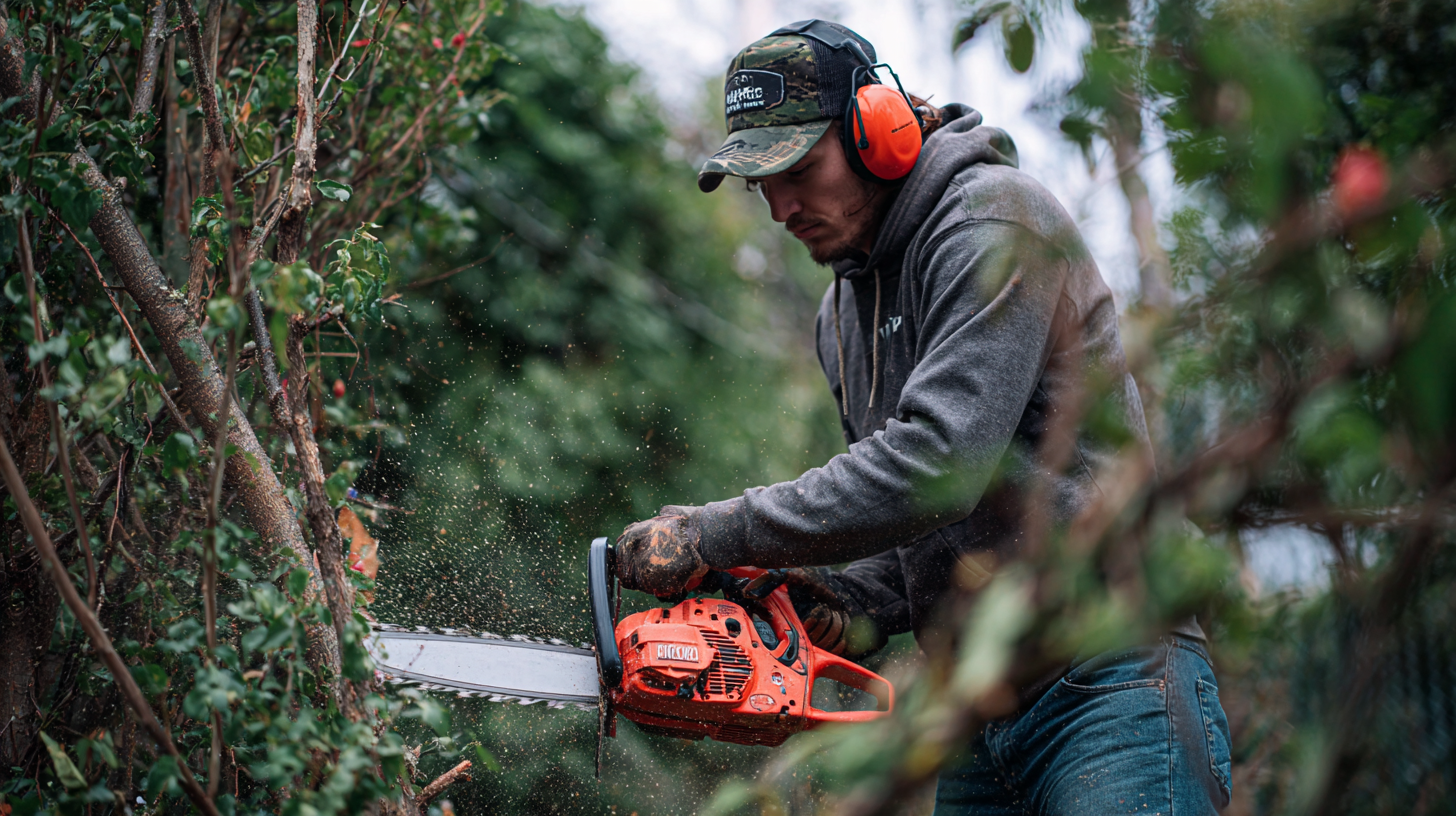
Enhancing Precision and Efficiency: An In-Depth Analysis of S1122VF Reciprocating Saw Blades for Wood with Nails in the Construction Industry
The construction industry demands tools that combine precision and durability, especially when it comes to cutting materials like wood embedded with nails or thick metals. One such tool that stands out in this regard is the S1122VF Reciprocating Saw Blade. Designed to handle the challenges posed by complex materials, these blades effectively enhance both efficiency and precision in various cutting tasks that professionals face on-site.
What sets the S1122VF apart is its bi-metal construction, which ensures exceptional durability and extended lifespan even under rigorous use. This makes it an ideal choice for cutting thick metal materials ranging from 2mm to 8mm, as well as quickly cutting through aluminum, sheets, pipes, and more. The blade's ability to perform straight cuts in wood that is often laced with nails highlights its versatility. This feature not only saves time but also reduces the risk of damage to the tool, making it an indispensable ally for contractors and woodworkers alike.
With the S1122VF saw blades, professionals can tackle tough jobs with confidence, knowing they have the right tool that offers both precision and efficiency. Whether it's a delicate wooden frame or a robust metal structure, these blades are engineered to deliver outstanding performance and reliable results.
FAQS
: A common mistake is using the wrong type of blade; it's important to choose a blade specifically designed for cutting through green wood and branches rather than one meant for metal or demolition.
Improper cutting angles can harm the plant by disrupting its natural growth patterns, so it's essential to prune with a steady hand and maintain a clean line during the cut.
It's crucial to secure loose branches to prevent accidents, ensuring both a safe working environment and a more controlled cutting process.
You should clean your reciprocating saw after each use to remove debris, sap, and wood particles that can affect its performance.
Regularly check the blade for wear or damage; if you notice any chips or bends, you should replace it with a high-quality blade suitable for pruning.
Lubricating moving parts with oil can enhance the saw's efficiency and operation, ensuring reliable performance during future use.
Neglecting to clean the saw can lead to potential malfunctions due to dirt accumulation, which could affect the tool's longevity and efficiency.
A steady hand is important to ensure precise cuts that align with the plant's natural growth, promoting healthy development and reducing the risk of damage.
Yes, using a dull blade can make cutting more difficult and may strain the motor, so it's essential to maintain sharp blades for optimal performance.
Aggressive pruning techniques can harm the plant and inhibit healthy growth, making it essential to prune thoughtfully and according to best practices.
Conclusion
In our article, 'Mastering the Art of Pruning Techniques with a Reciprocating Saw,' we dive into some really useful pruning tips that make great use of this handy, versatile tool. Using a reciprocating saw for pruning has a lot of perks—things like cutting faster, more precise results, and less effort on your part. Of course, to make sure you do it safely and effectively, it’s important to keep a few safety tips in mind, pick the right blades, and steer clear of common mistakes that could mess up your work.
Oh, and don’t forget—taking good care of your saw after pruning is key to keeping it in top shape and prolonging its life. Wenzhou Yichuan Tools Co., Ltd., as a reliable name in electric tool accessories, offers high-quality reciprocating saw blades that are perfect whether you're a pro or just into DIY projects. With the right tools and techniques, you can really elevate your gardening game. So give these tips a shot, and get ready to prune like a pro with your reciprocating saw!
Related Posts
-

Discover Quality and Innovation with Reciprocating Saw Blade Set at the 137th Canton Fair 2025
-

Navigating Tariff Challenges How Chinese Manufacturers of Best Reciprocating Saw Blades for Tree Stumps Thrive
-

What is the Best Reciprocating Saw Pruning Blade for Efficient Tree Maintenance
-
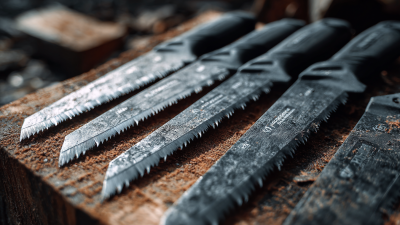
Unlocking the Future of Best Reciprocating Saw Blade Set Market Insights and Usage Guide to 2025
-

Understanding Repair Costs and After Sales Advantages of Best Reciprocating Saw Types Guide
-
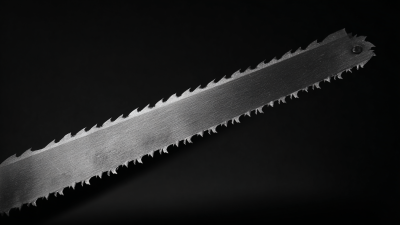
Top Strategies for Selecting the Best 300mm Reciprocating Saw Blades
Blog Tags:






